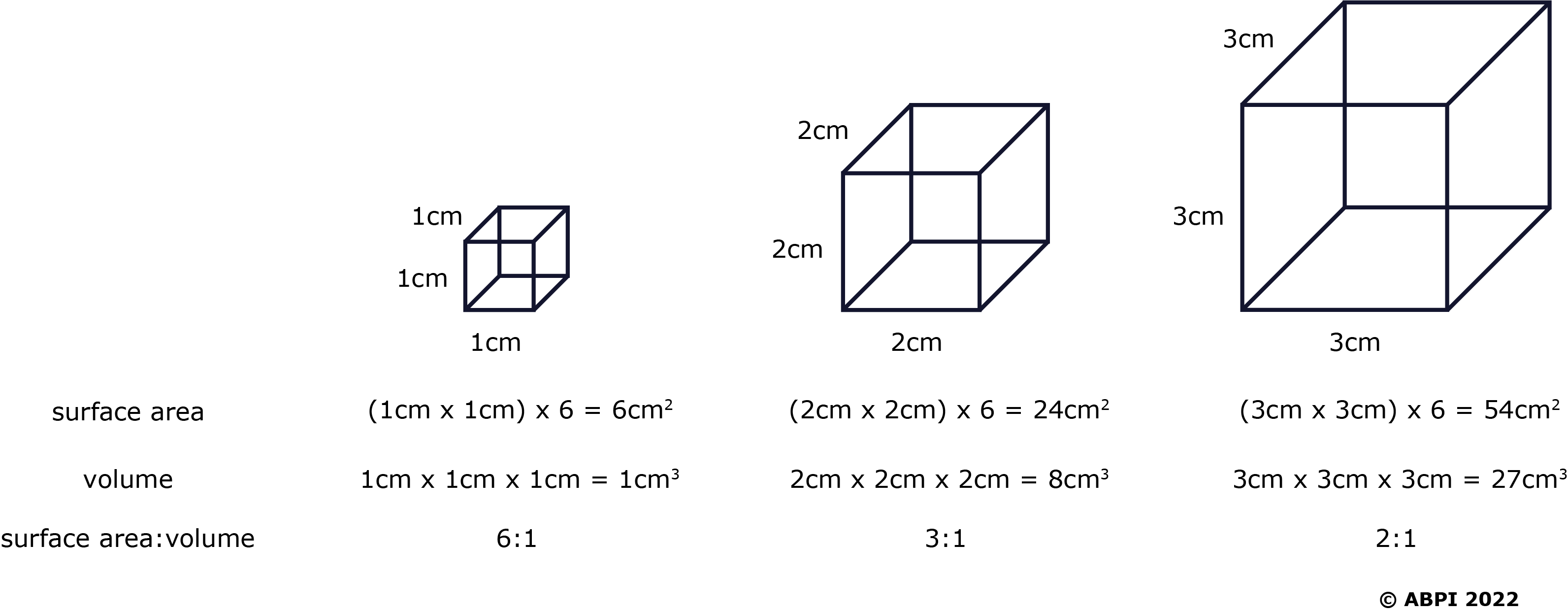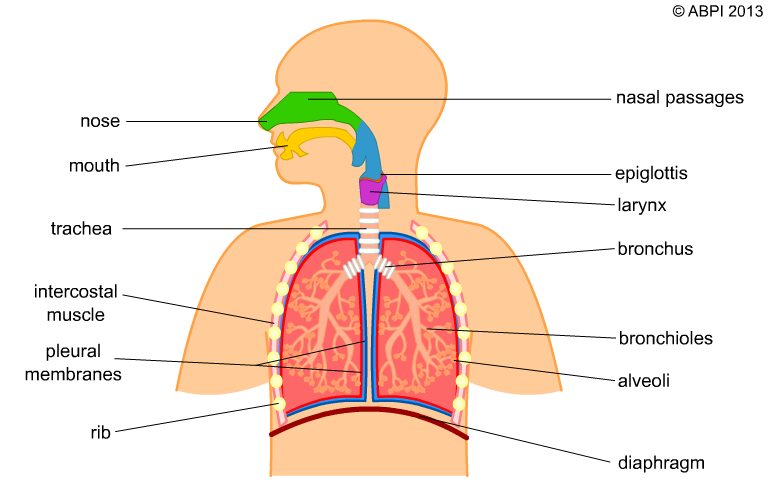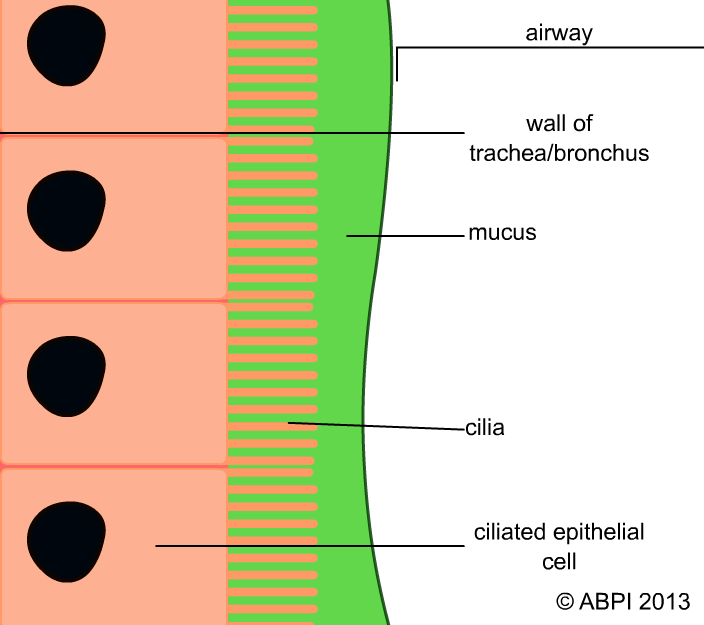This topic takes on average 55 minutes to read.
There are a number of interactive features in this resource:
 Human biology
Human biology
 Biology
Biology
 Physical education
Physical education
The glucose used in cellular respiration comes from the food you eat which is broken down in your digestive system. It passes into the blood by diffusion and is carried around your body to the cells. The oxygen needed by the cells comes into the body in the air moved into the breathing system. It passes into the blood by diffusion and is carried around the body by the circulatory system. The oxygen moves into the cells from the blood down a concentration gradient.
The carbon dioxide produced during cellular respiration is poisonous so it must not be allowed to build up in the cells. It passes into the bloodstream by diffusion down a concentration gradient and is carried back to the lungs in the blood. There the carbon dioxide passes into the air by diffusion and is removed from the body in the air which is breathed out.
In a small single-celled organism such as an amoeba, simple diffusion is enough to supply the needs of the cell. Useful substances such as oxygen can diffuse in from the surroundings and waste products can diffuse out fast enough for the organism to survive successfully.
However, as organisms get bigger, the surface area to volume ratio gets smaller. As a result, simple diffusion is no longer enough. The surface area is not large enough for sufficient diffusion to take place, particularly in active organisms which need a lot of oxygen and make a lot of carbon dioxide. A specialised breathing system linked to a transport system becomes necessary.

A specialised breathing system makes sure that oxygen is brought into the body and carbon dioxide is removed. The breathing system is also known as the respiratory system but this can cause confusion. Respiration takes place in the cells and breathing takes place in the airways and the lungs – they are not the same thing.
The structures of the breathing system are closely related to their function:

A simple model of the human breathing system

Ciliated epithelial cells move mucus, dirt and pathogens out of the breathing system, protecting the lungs from damage and disease.